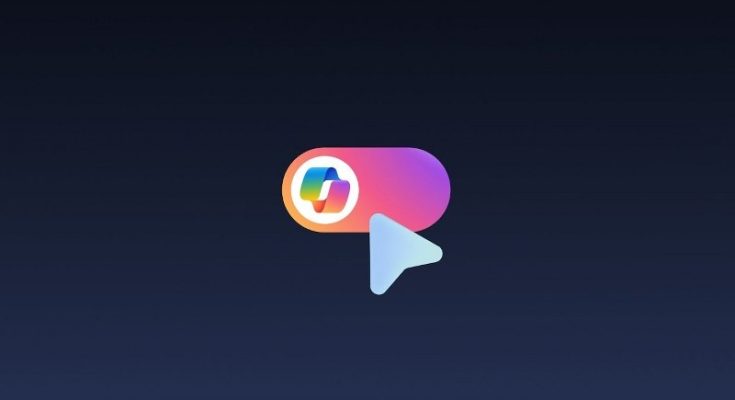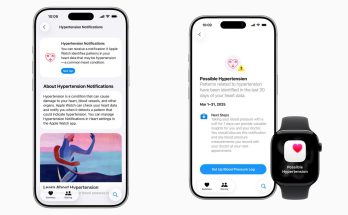#Microsoft #Copilot Mode #OpenAI’s Atlas #AI, #browsing competition
IBNS-CMEDIA: Microsoft has launched a major update to its Edge browser, introducing an enhanced “Copilot Mode” that transforms it into an AI-powered web companion.
The move comes just two days after OpenAI unveiled its Atlas browser, drawing immediate comparisons between the two as next-generation, intelligent browsing tools.
Microsoft AI CEO Mustafa Suleyman described the revamped Copilot Mode as “a dynamic, intelligent companion” capable of understanding user activity and assisting in real time.
With user consent, it can analyse open tabs, summarise and compare information, and even complete tasks like booking hotels or filling out online forms.
Copilot Mode was first introduced in July with limited features such as voice navigation and AI-powered search.
The latest upgrade significantly expands its capabilities with two new tools — “Actions,” allowing the assistant to execute tasks like completing forms or bookings, and “Journeys,” which helps users track context and connections across multiple tabs.
The update firmly positions Edge in the growing “AI browser” space, setting up a direct contest with OpenAI’s Atlas.
Although Microsoft’s Copilot upgrade was likely in development well before Atlas’s reveal, their close release dates and overlapping features have intensified the rivalry.
Both browsers feature sleek, minimalist designs, AI chat integration, and side-by-side browsing assistance.
Visually, Edge’s Copilot interface adopts a darker theme consistent with Windows’ design language, while Atlas opts for a cleaner layout.
But beneath the surface, their approaches diverge: Microsoft’s Copilot integrates deeply across Windows and Office, powered by Microsoft’s proprietary AI stack, whereas Atlas operates independently using GPT models and a standalone interface.
With the two tech giants now going head-to-head in the browser market, their latest releases mark the start of a new AI-driven phase in how people browse, interpret, and act on the web.





